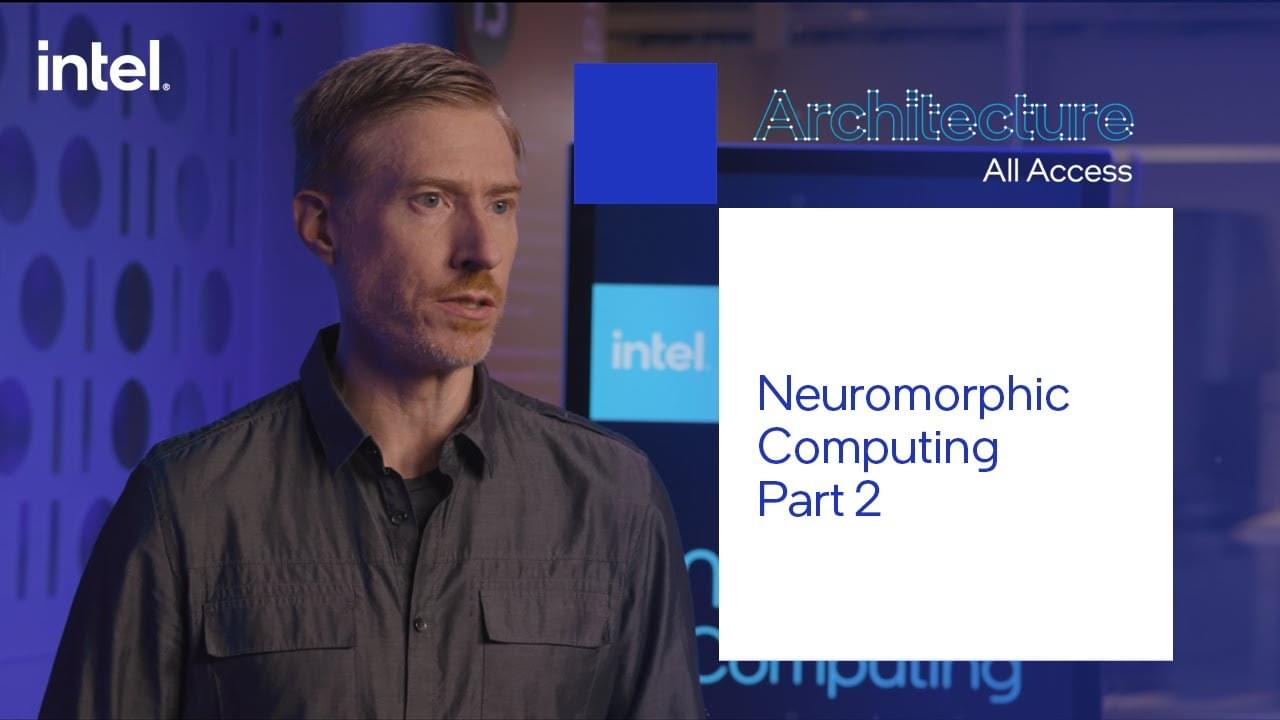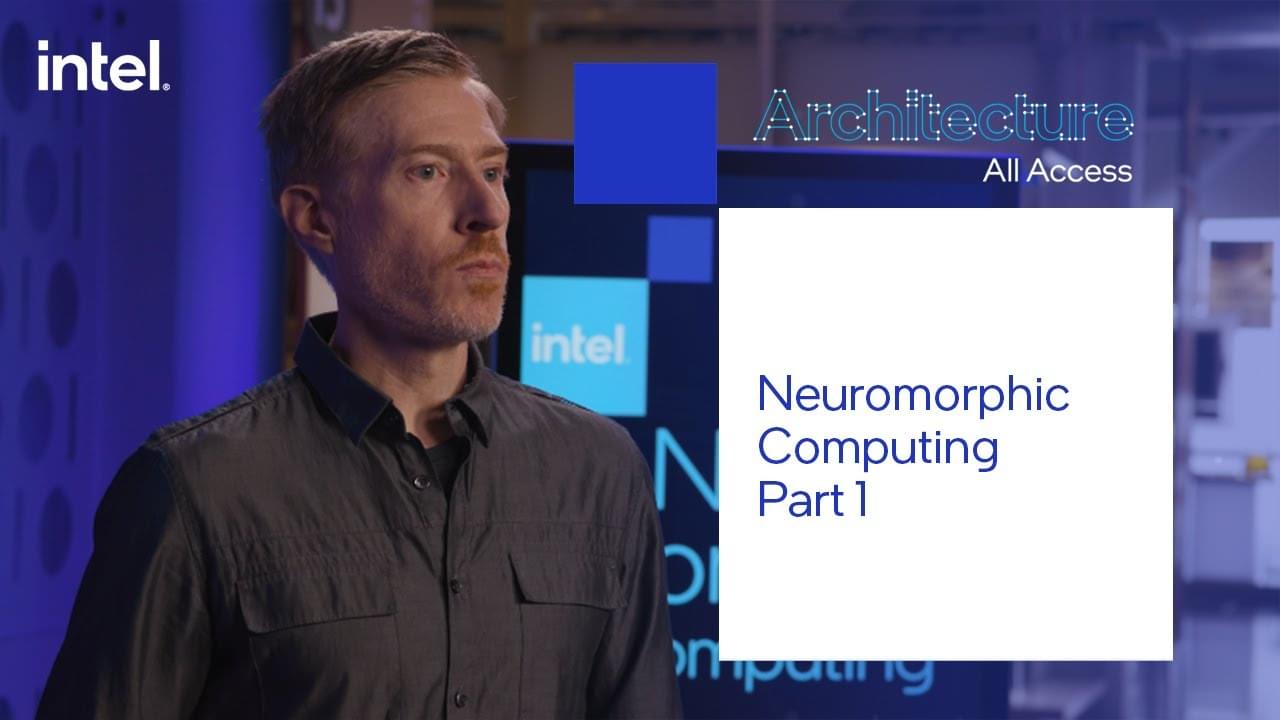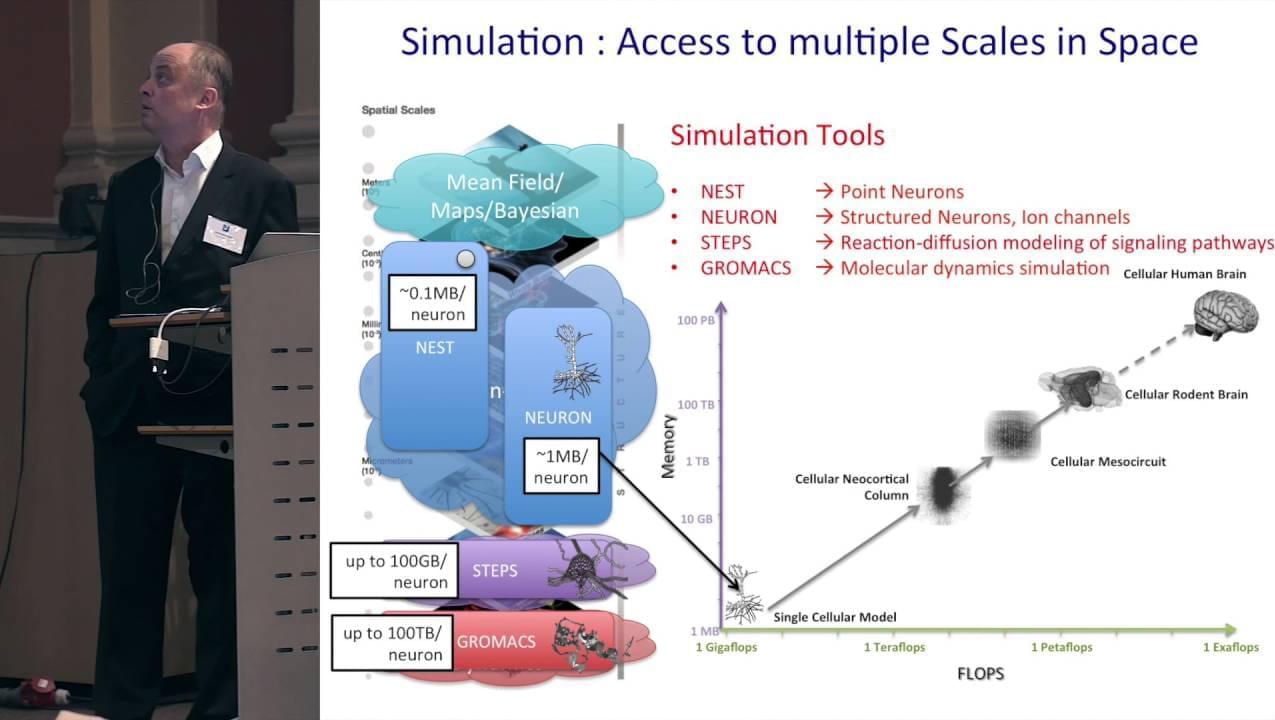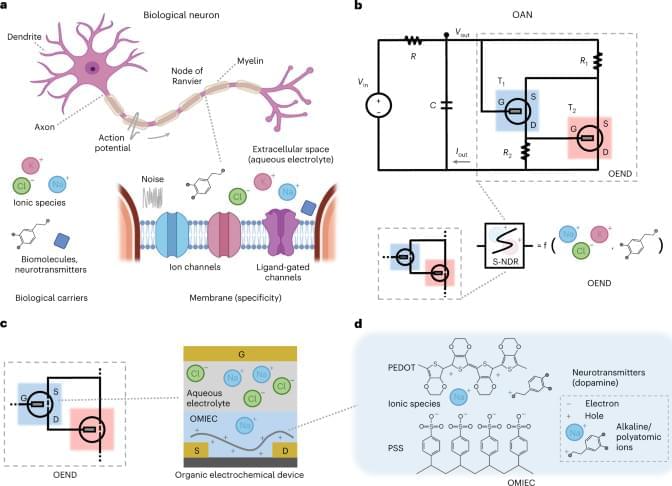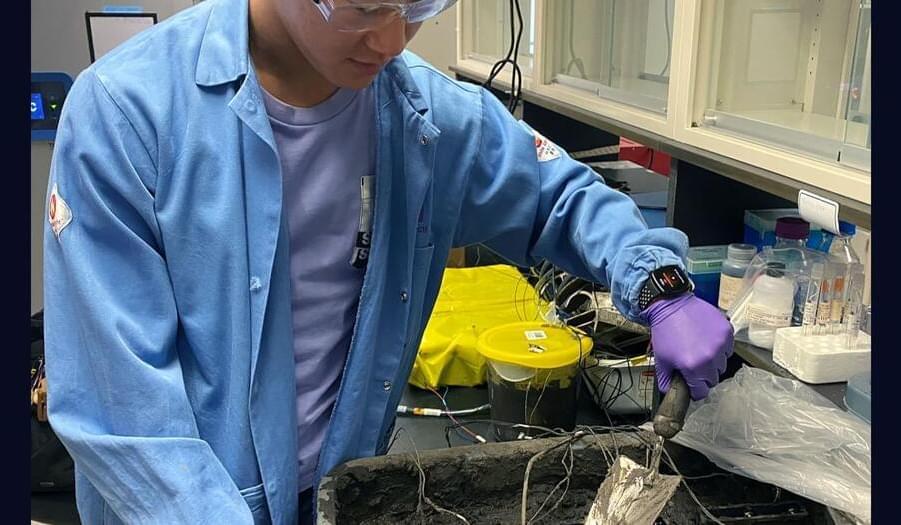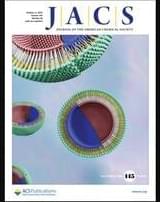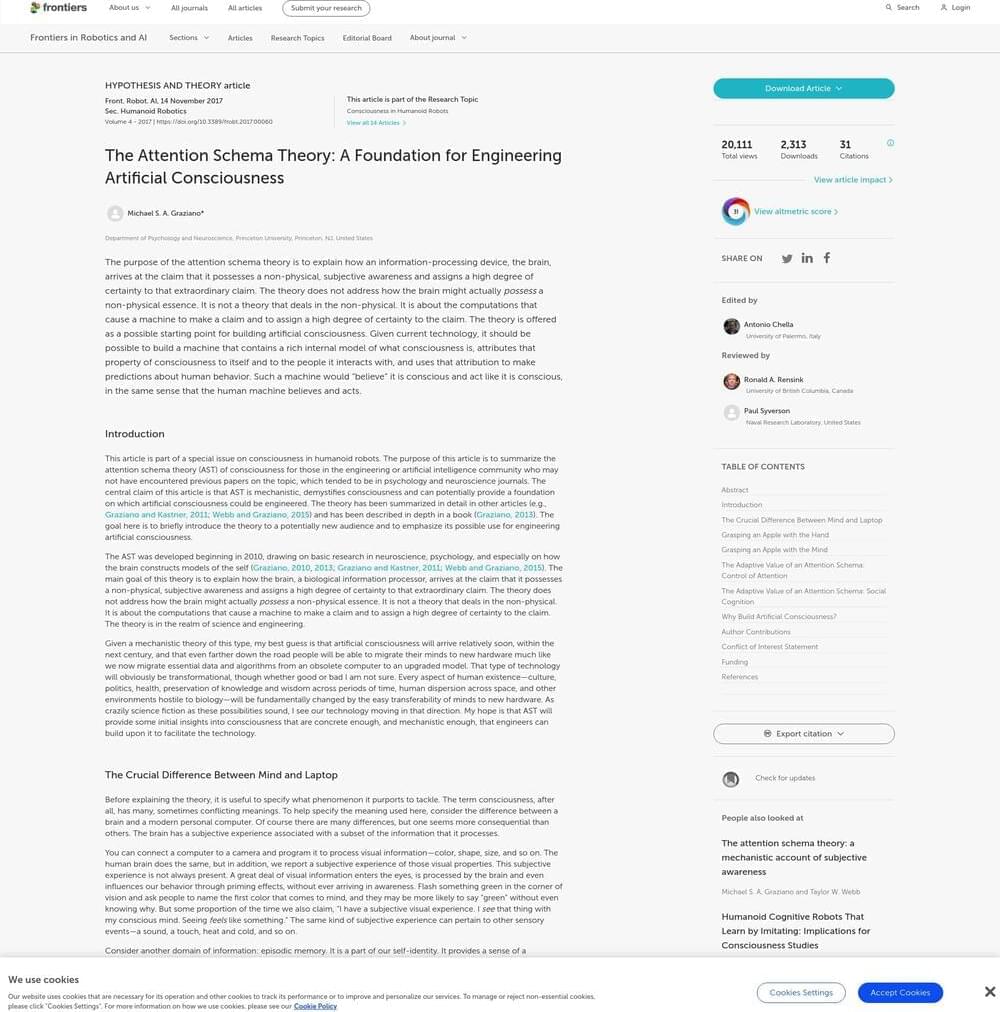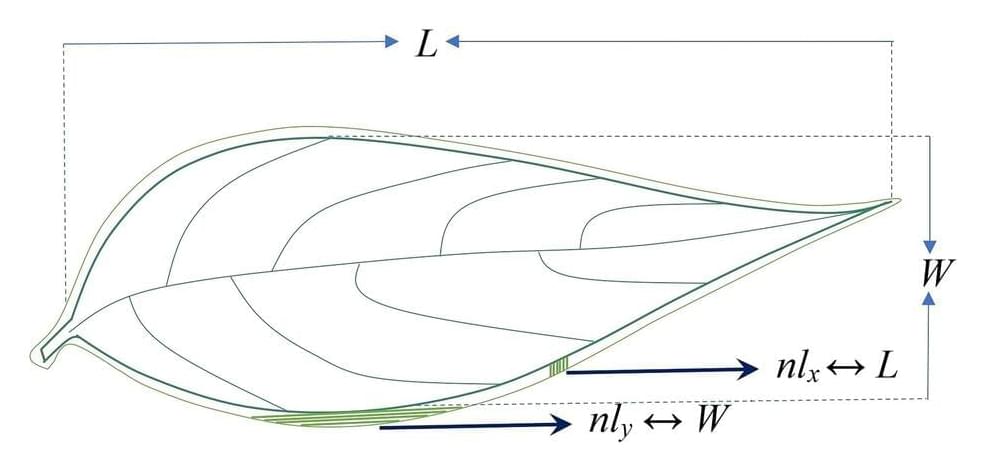Jan 17, 2024
Amazing Robot Controlled By Rat Brain Continues Progress
Posted by Dan Breeden in categories: biological, cyborgs, robotics/AI
Some technologies are so cool they make you do a double take. Case in point: robots being controlled by rat brains. Kevin Warwick, once a cyborg and still a researcher in cybernetics at the University of Reading, has been working on creating neural networks that can control machines. He and his team have taken the brain cells from rats, cultured them, and used them as the guidance control circuit for simple wheeled robots. Electrical impulses from the bot enter the batch of neurons, and responses from the cells are turned into commands for the device. The cells can form new connections, making the system a true learning machine. Warwick hasn’t released any new videos of the rat brain robot for the past few years, but the three older clips we have for you below are still awesome. He and his competitors continue to move this technology forward – animal cyborgs are real.
The skills of these rat-robot hybrids are very basic at this point. Mainly the neuron control helps the robot to avoid walls. Yet that obstacle avoidance often shows clear improvement over time, demonstrating how networks of neurons can grant simple learning to the machines. Whenever I watch the robots in the videos below I have to do a quick reality check – these machines are being controlled by biological cells! It’s simply amazing.

